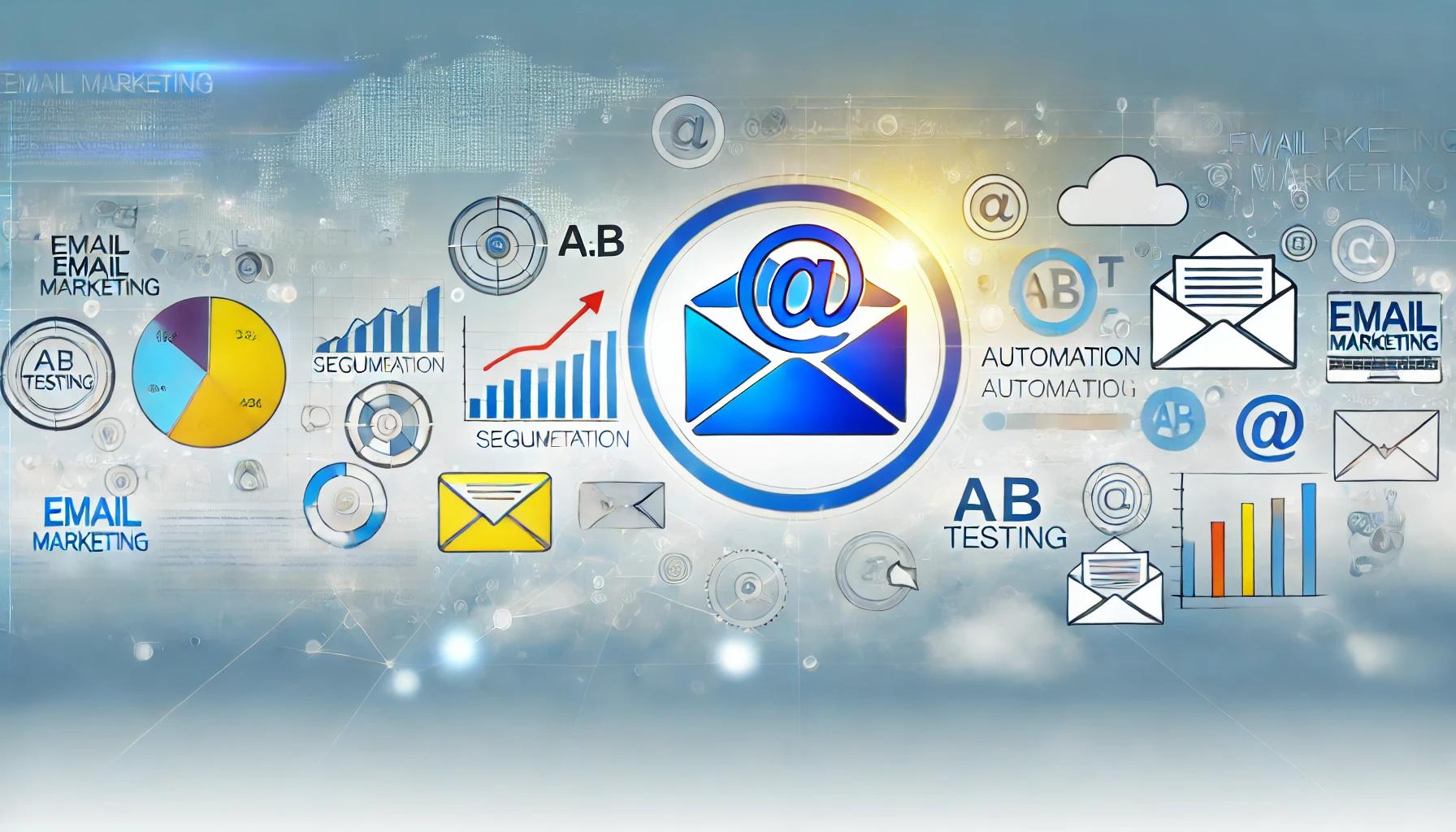Email Marketing: How to Use It for Sales. Effective Email Marketing Strategies
Email marketing remains one of the most effective tools for driving sales. Despite the emergence of new communication channels, email continues to play a crucial role in marketing campaigns. Research shows that for every dollar spent on email marketing, companies can expect an average return of $36. To achieve such a high return on investment (ROI), you need to use the right strategies. In this article, we will explore how to effectively organize email marketing to boost sales and what techniques can help you achieve the best results.
1. Audience Segmentation
Segmentation is the foundation of effective email marketing. Instead of sending the same generic email to all your subscribers, it's essential to divide your audience into segments based on factors such as behavior, interests, age, location, or previous purchases. Studies show that segmented email campaigns result in a 14.31% increase in open rates and a 100.95% increase in conversions.
Segmentation examples: - New subscribers: Send a welcome email series to introduce them to your brand and offers. - Inactive customers: Create exclusive offers or discounts to bring them back. - Loyal customers: Provide exclusive deals and special bonuses to enhance their loyalty.
2. Email Campaign Automation
Automation allows you to maintain regular contact with customers by sending triggered emails based on their actions. For example, you can set up automated reminders for abandoned carts or send birthday greetings with a discount. Automation increases engagement with your audience and drives sales. According to a McKinsey report, personalized automated emails can increase revenue by up to 20%.
Automation examples: - Abandoned cart reminders: Send reminders for items left in the shopping cart but not purchased. - Follow-up emails: Send follow-up messages a few days after a purchase to offer related products or services. - Repeat purchase emails: Automate offers based on previous purchases.
3. A/B Testing
A/B testing helps you determine which elements of your email campaigns perform best. This includes testing different subject lines, images, calls to action (CTAs), and even the time of email delivery. According to HubSpot, companies that use A/B testing for their email campaigns can increase their effectiveness by 49%.
What you can test: - Subject lines: Identify which subject line grabs more attention and boosts open rates. - Email content: Test different email formats (short vs. long) and types of content (text-only vs. image-heavy). - Call to action (CTA): Try different CTA phrasing to see which one motivates more clicks.
4. Personalization
The more personalized an email is, the higher the chances it will be opened and acted upon. Using the recipient’s name in the subject line, mentioning past purchases, or catering to their interests all make the email more engaging. Research shows that personalized emails are 29% more likely to be opened and can increase conversions by 41%.
How to personalize: - Use the recipient's name in the greeting. - Offer products or services based on past purchases or browsing history. - Take customer behavior on your website into account to create personalized offers.
5. Mobile Optimization
Today, more than 60% of emails are opened on mobile devices. This means that your emails need to be optimized for mobile users. If an email displays incorrectly on a smartphone, the likelihood of it being closed without interaction significantly increases.
Tips for mobile optimization: - Use responsive design to ensure your email displays correctly on any screen size. - Keep text short and use clear, concise CTAs. - Make sure all links and buttons are clickable and easily accessible on mobile devices.
6. Timing of Email Sends
The right timing can significantly impact the success of your email campaigns. Research suggests that the best time to send emails is on weekdays, particularly on Tuesdays and Thursdays, during the morning hours (between 9 AM and 11 AM).
However, to get the best results for your specific audience, it’s essential to run your own tests to find out when your subscribers are most active.
Conclusion
Email marketing remains a powerful tool for increasing sales. Using strategies like segmentation, automation, personalization, A/B testing, and more can help improve customer engagement and drive revenue. The key to success is constant testing and optimization of your campaigns to meet the expectations and needs of your audience.
Sources:
- Campaign Monitor. "Email Marketing Benchmarks." campaignmonitor.com
- Mailchimp. "The Power of Segmentation." mailchimp.com
- McKinsey. "The Personalization Imperative." mckinsey.com
- HubSpot. "The Importance of A/B Testing in Email Marketing." hubspot.com
- Experian. "The Value of Personalization." experian.com
- Litmus. "Mobile Email Opens Stats." litmus.com
- OptinMonster. "Best Time to Send Emails." optinmonster.com
